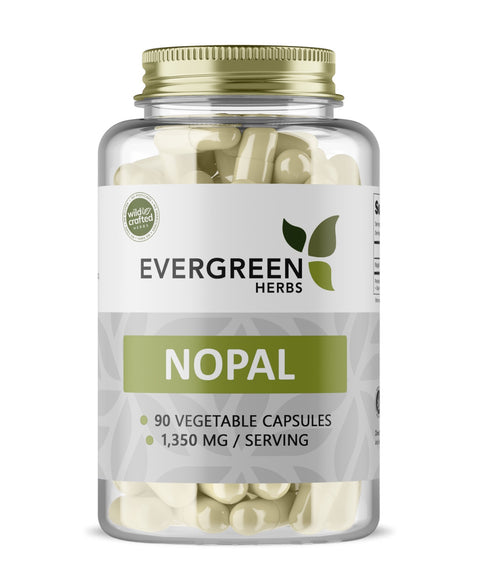
Nopal Capsules (Prickly Pear) - 90 Capsules - 450 mg.
- + Buy ANY 5 Products, Get 1 Free! *BULK Products Included*
- + 15-Day Money Back Guarantee
- + Get It Fast! Orders Ship Same Day
Botanical Name: Opuntia ficus-indica
Origin: Mexico
Harness the health benefits of Nopal, also known as prickly pear cactus, with our convenient Nopal Capsules. Each capsule delivers 450 mg of pure Nopal powder, making it easy to incorporate this traditional Mexican superfood into your daily health regimen. Known for its nutritional richness and medicinal properties, Nopal is ideal for supporting blood sugar management, cholesterol levels, and overall digestive health.
Benefits
- Supports healthy blood sugar levels
- Supports healthy cholesterol levels
- Supports healthy digestion
These statements have not been evaluated by the Food and Drug Administration. This product is not intended to diagnose, treat, cure, or prevent any disease.
This product is intended for nutritional support. If pregnant, nursing, or taking medication, please consult with a health professional before use.
Keep out of reach of children.

